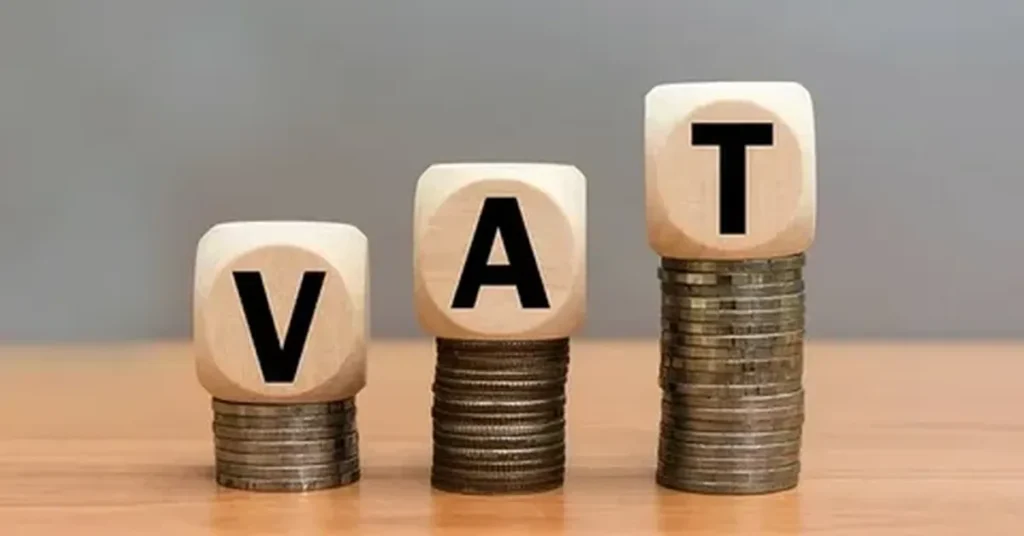Value Added Tax, or VAT, is a term many of us have come across, especially when making purchases. However, for those unfamiliar with the intricacies of this tax, it can seem like a complex and abstract concept. This beginner’s guide aims to clarify what VAT is, how it works, and why it matters. For those seeking professional advice or assistance with VAT-related matters in London, consulting a VAT Accountant London can provide valuable insights and support.
What Is VAT?
VAT is a type of indirect tax that is levied on the value added to goods and services at each stage of production or distribution. Essentially, it’s a way for governments to collect tax revenue based on the value a business adds to a product or service throughout its lifecycle.
To put it simply, VAT is charged as a percentage of the final sale price of a product or service. Unlike sales tax, which is only added at the point of sale to the end consumer, VAT is collected incrementally at each stage of the production process.
How VAT Works
The concept of VAT might seem straightforward, but the way it’s applied can vary from one country to another. However, the general principles remain consistent. Here’s a step-by-step look at how VAT operates:
1. Production Stage
The process begins with the production of goods or provision of services. At this stage, a business buys raw materials or services from other businesses. These purchases include VAT, which the business can reclaim. This reclaiming process is known as input VAT.
2. Value Addition
As the business adds value to the raw materials—through manufacturing, processing, or assembling—it incurs further costs and applies VAT to the added value. This added value is the difference between the cost of the raw materials and the selling price of the finished product.
3. Sale to Consumer
When the business sells the finished product or service to a customer, it charges VAT on the selling price. This is referred to as output VAT. The customer pays this VAT as part of the purchase price.
4. Tax Payment
The business then pays the difference between the output VAT it collected from its customers and the input VAT it has paid on its purchases to the tax authorities. This ensures that VAT is paid incrementally throughout the production and distribution chain, but the ultimate burden of the tax falls on the final consumer.
Why VAT Matters
VAT is a significant source of revenue for governments around the world. Unlike income tax, which is based on an individual’s earnings, VAT is a consumption tax, meaning it’s linked to the purchase of goods and services. This makes it a stable and predictable revenue stream.
For businesses, understanding VAT is crucial for accurate pricing and financial planning. Businesses must ensure they are compliant with VAT regulations, including collecting the correct amount of VAT, keeping accurate records, and filing VAT returns on time. Non-compliance can lead to penalties and legal issues.
For consumers, VAT affects the final price of goods and services. Though it might seem like just another cost, it’s important to remember that VAT is included in the price you see. The actual VAT amount may not always be visible, but it’s part of the overall cost.
VAT Rates and Variations
Different countries have different VAT rates, and these rates can vary depending on the type of product or service. For example, some items might be taxed at a standard rate, while others, such as essential goods or services, might be subject to reduced rates or even exemptions.
In the European Union, VAT rates typically range from 15% to 25%, with some countries offering lower rates for specific goods or services. Similarly, in other parts of the world, VAT rates can vary widely, reflecting each country’s fiscal policies and economic needs.
VAT Registration and Compliance
Businesses usually need to register for VAT once they reach a certain turnover threshold set by the tax authorities. This threshold varies by country. Once registered, businesses are required to charge VAT on their sales, file periodic VAT returns, and pay the VAT due to the tax authorities.
Proper record-keeping is essential for VAT compliance. Businesses must maintain detailed records of sales, purchases, and VAT transactions. This helps ensure accurate reporting and provides evidence in case of audits.
Conclusion
VAT can initially seem like a daunting concept, but understanding its basics is crucial for both consumers and businesses. At its core, VAT is a consumption tax applied to the value added at each stage of the production and distribution process. It provides a steady revenue stream for governments and plays a significant role in the global economy.
For businesses, grasping VAT fundamentals helps in pricing, financial planning, and ensuring compliance with tax regulations. For consumers, being aware of VAT can provide a clearer understanding of how the final price of products and services is determined.By demystifying VAT and recognizing its impact on both business operations and consumer prices, we can better navigate our economic landscape and appreciate the role this tax plays in our daily lives, If you want to stay updated with posts like this, please follow us on ESPRESSOCODER.







